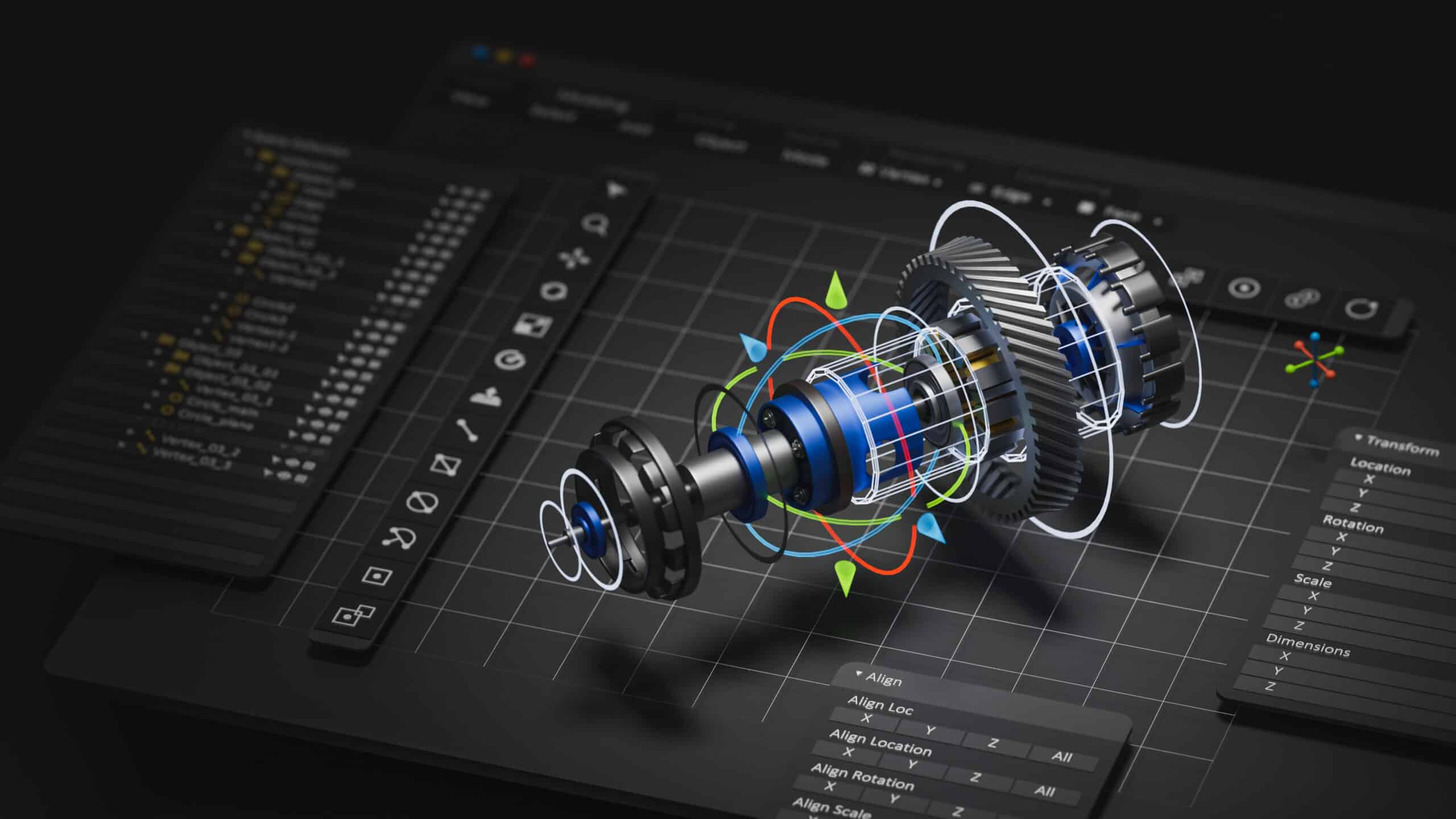Mechanical design solutions are the backbone of countless industries, from automotive and aerospace to medical devices and consumer products. These solutions involve the application of engineering principles to design, develop, and optimize mechanical systems. By leveraging advanced tools and techniques, mechanical designers create innovative products that meet the needs of modern society.
Core Areas of Mechanical Design
- Product Design and Development:
- Conceptual Design: Generating initial ideas and concepts for new products.
- Detailed Design: Creating detailed engineering drawings and specifications.
- 3D Modeling: Using CAD software to create 3D models of products.
- Finite Element Analysis (FEA): Simulating the behavior of products under various loads and conditions.
- Prototyping: Developing physical prototypes to test and validate designs.
- Thermal Design:
- Heat Transfer Analysis: Analyzing heat transfer mechanisms to optimize thermal performance.
- Thermal Stress Analysis: Assessing thermal stresses to prevent component failure.
- Thermal Management: Designing cooling systems to dissipate heat effectively.
- Structural Analysis and Design:
- Stress Analysis: Analyzing stresses and strains to ensure structural integrity.
- Fatigue Analysis: Predicting the lifespan of components subjected to cyclic loading.
- Vibration Analysis: Assessing vibration levels to minimize noise and improve performance.
- Fluid Mechanics:
- Fluid Flow Analysis: Simulating fluid flow to optimize fluid systems.
- Pump and Compressor Design: Designing efficient pumps and compressors.
- Hydraulic and Pneumatic Systems: Designing hydraulic and pneumatic systems for various applications.
- Manufacturing Engineering:
- Process Planning: Developing manufacturing processes to produce components efficiently.
- Tool Design: Designing tools and fixtures for manufacturing operations.
- Quality Control: Implementing quality control measures to ensure product quality.
Advanced Tools and Techniques
- Computer-Aided Design (CAD): Creating 3D models and engineering drawings.
- Finite Element Analysis (FEA): Simulating the behavior of structures and components.
- Computational Fluid Dynamics (CFD): Simulating fluid flow and heat transfer.
- Additive Manufacturing: 3D printing for rapid prototyping and production.
- Internet of Things (IoT): Integrating mechanical systems with IoT devices for remote monitoring and control.
- Artificial Intelligence (AI): Utilizing AI for automated design and optimization.
Challenges and Opportunities in Mechanical Design
- Complex Systems: Designing increasingly complex systems requires advanced analysis and simulation techniques.
- Material Science Advancements: Incorporating new materials with improved properties.
- Sustainability: Designing products with a focus on environmental impact and energy efficiency.
- Digital Transformation: Adopting digital technologies to improve design processes and collaboration.
By leveraging these advanced tools and techniques, mechanical designers can create innovative solutions that address the challenges of the 21st century. As technology continues to evolve, the role of mechanical design will remain crucial in shaping the future of industries such as automotive, aerospace, energy, and healthcare.
Would you like to delve deeper into a specific area of mechanical design, such as product design, thermal analysis, or manufacturing engineering?
